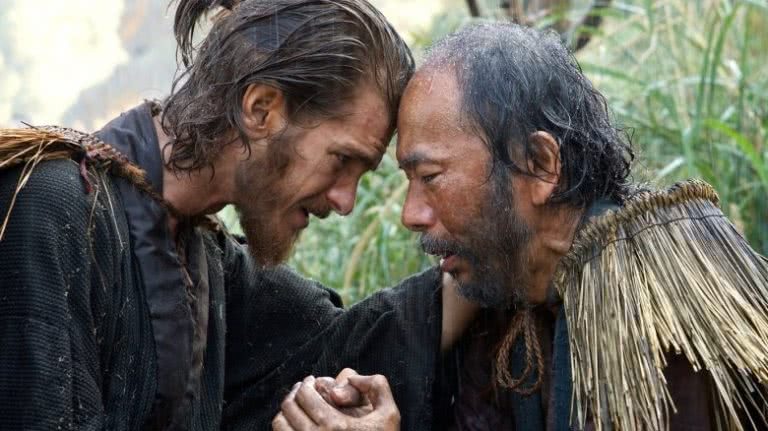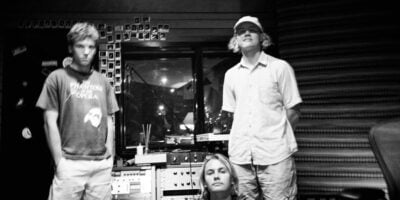★★★
The great Martin Scorsese’s first feature since The Wolf Of Wall Street could not be more of a departure, except in its comparably intimidating length. But the director fails to stick to his titular focus in a disappointing denouement that makes the preceding hours feel laboured and dogmatic.
Two Portuguese priests, Rodrigues (Andrew Garfield) and Garrpe (Adam Driver), are sent to Japan to propagate Catholicism after receiving a rumour of their mentor’s apostasy. They arrive to find Catholicism being weeded out by the ruling daimyos, and the nation’s minority Catholics being subjected to torture.
Scorsese’s choice to film in and around Taiwan has paid off handsomely, as has his investment in seasoned cinematographer Rodrigo Prieto. Silence’s evocation of Edo period Japan is misty, mythic and masterful, recalling the framing of Akira Kurosawa in its finest moments. Everything is slate – cold, stark and blue-grey, right down to Garrpe’s disposition.
Oddly, as the colour palette begins to warm, the film starts to shed its lustre. We are intrigued by the unknown fate of Ferreira (Liam Neeson), introduced in the film’s vicious opening sequence, and drawn to the conflict between Rodrigues and Garrpe, the latter being distinctly more doctrinaire. Garfield’s beleaguered priest begins to take on the familiar shades of Scorsese’s moral greyscale as a tale of religious persecution gradually becomes a treatise on both the tenets of faith and the arrogance of martyrdom: that one would dare compare the importance of their own suffering to that of Christ.
The cost of this is twofold – both Driver and Neeson are underused, and the director’s need to attest to the articles of his faith robs the film of its grounding and pain. If true suffering is the pain of other people, and the silence from the heavens the greatest test of faith, is the prolonged torture of so many innocents really worth the veracity of Rodrigues’ belief? It provides too easy and insipid a resolution for such a deeply conflicted character. One moment in particular, when a painting of Christ’s face is superimposed over Garfield’s own, is laughably obtuse, to the point of aping last year’s sanctimonious Hacksaw Ridge, and the finale’s narration is insultingly superfluous.
It is only the film’s last 40 minutes (of its 160-minute total) that succumb to this Gibson-esque sermonising. For a film with so much negative space, its first two hours don’t drag – that Japanese filmcraft is seeping osmotically into Scorsese’s practice through the production. The majority Japanese cast is also impressive, with Issei Ogata’s sly old daimyo proving a genuine delight.
For the faithful, Silence may strike as a masterpiece, and it is indeed masterfully painted. But for the cinemagoer tired of evangelism, wholly embracing the title of his film would have served Scorsese better.
Silenceopens in cinemas on Thursday February 16.


































